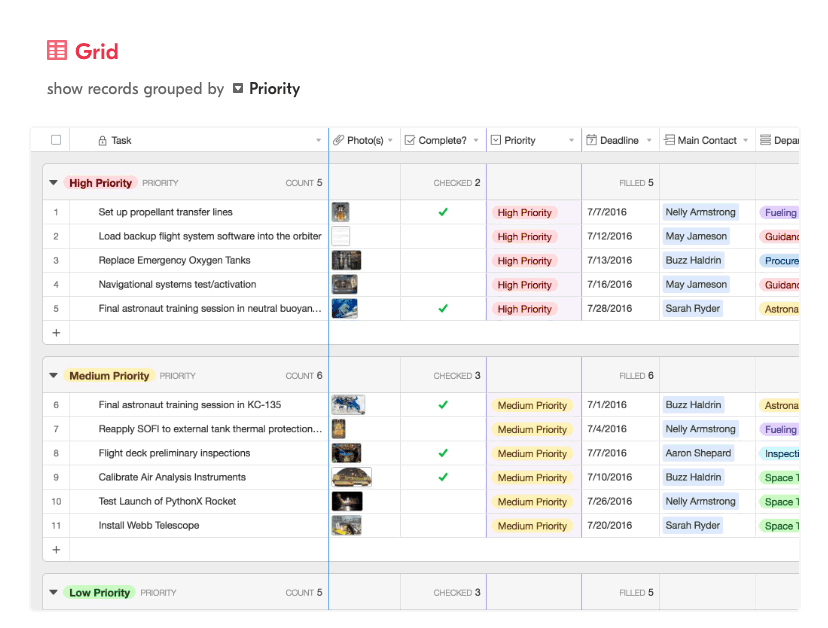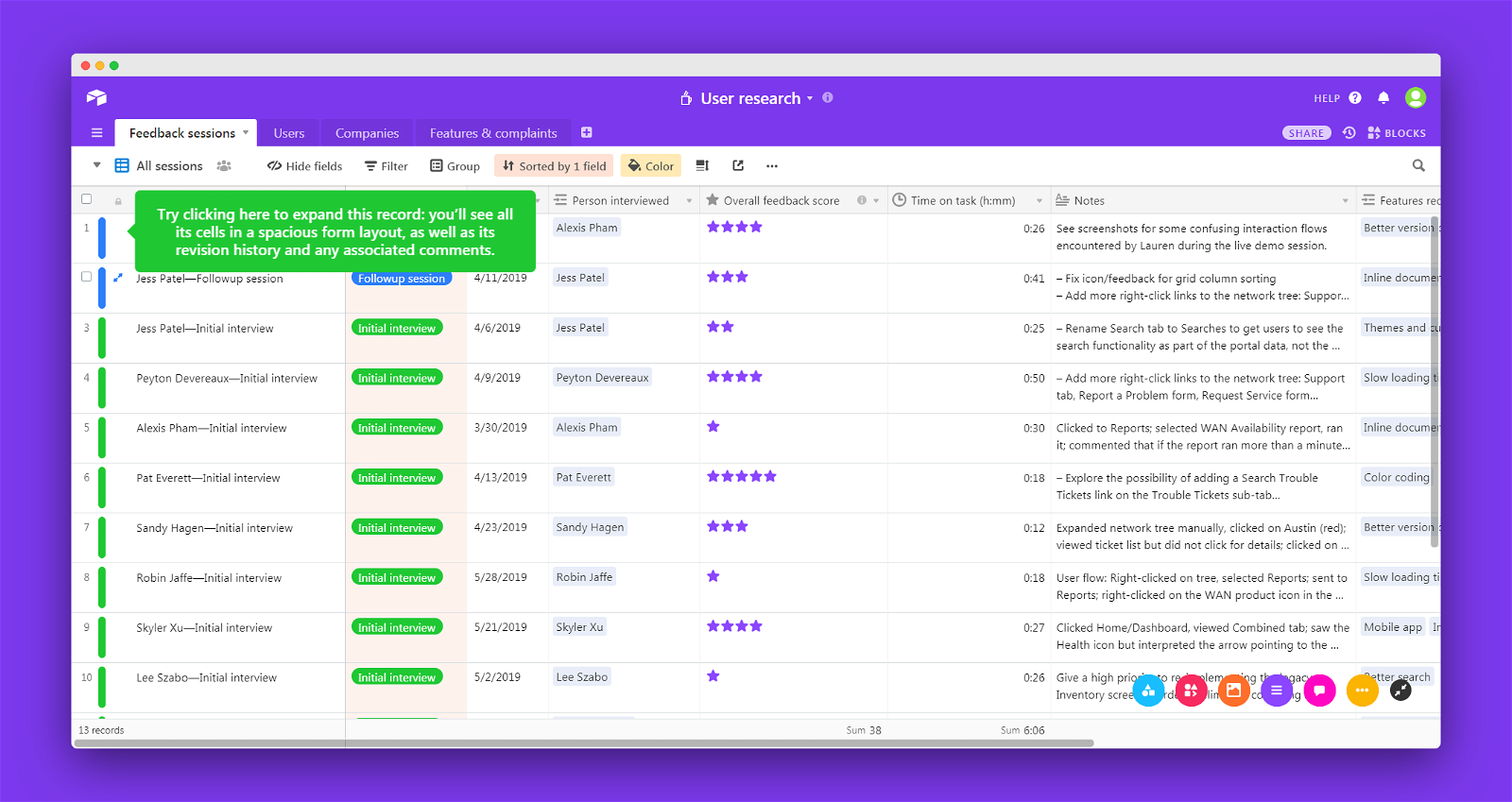

The OAuth consent screen will look like this:Īirtable will only have access to the issues and filters that the user who connected the Jira sync has access to. This is why the scopes include write permissions. DAY ('July 17') would return 17) You can even take. DAY (date) returns the day of the month for a given date (e.g. NOW () returns the current date and time. Here are some examples of date formulas: - TODAY () returns the current date.

The sync operation will retrieve all issues in the selected Jira filter and generate Airtable records.Īirtable only interacts with a single Jira external account type, so the scopes listed here are also used for the Jira automations actions. These are used to compare or manipulate date field and time values in a formula or change the date format. Learn what Airtable is and how it can optimize your current workflows and processes. For example, a base for a sales pipeline could have separate tables for sales. It's kind of like a workbook in a traditional spreadsheet, and can contain multiple tables of content. Each of the square icons on your homepage is a different base. Once you’ve selected your desired settings, click the “Create table” button. If youve ever wondered why your team should (or even could) use Airtable, this guide is for you. An Airtable base contains all of the information you need for a particular project or collection. By default, deleted events will be removed. Whether or not deleted records (issues in the selected Jira filter) should be removed from the Airtable table.
Airtable status manual#
Right now, the options are manual syncing and automatic syncing which happens around every 5 minutes.
Airtable status how to#
Returns the smallest even integer that is greater than or equal to the specified value.Ĭomputes Euler's number ( e) to the specified power.Before creating your synced table, there are Settings options that will allow you to choose how often you want to sync, and how to handle records that are deleted or hidden from the source (Jira). This function counts both numeric and text values.Ĭount the number of all elements including text and blanks. If no significance is provided, a significance of 1 is assumed.Ĭount the number of non-empty values. Returns the nearest integer multiple of significance that is greater than or equal to the value. To see the below numeric functions in action, and test them out yourself, check out the "#️⃣ Numeric function examples" table in the Formula Playground. Returns true if an odd number of arguments are true. The value of true is represented numerically by a 1. In this step, we’ll walk you through what a base is, and how to create one for the very first time. An Airtable base (short for 'database') is the home for all the information you need for your workflow. So for example, if you wanted a formula that calculated a total based on your Price and Quantity fields, that would look something like: Price * Quantityįield names with multiple words must be wrapped in curly braces: MIN( field is the value "To Do" then this would return "Get this started!" SWITCH( 1, Dive into the six steps below to learn how to create a database in Airtable: 1. To return the value of an existing field you can simply input the name of that field: Price

Add a rollup field to the Tasks table that rolls up the Record ID field from your projects table. In a formula, you can reference fields (columns) by name. Add a formula field to the Project table to return the record id: RECORDID 2. For an overview of formula fields, please refer to the Guide to Formula, Lookup, Count, and Rollup fields. Formulas may involve functions, numeric operations, logical operations, and text operations that operate on fields.


 0 kommentar(er)
0 kommentar(er)
